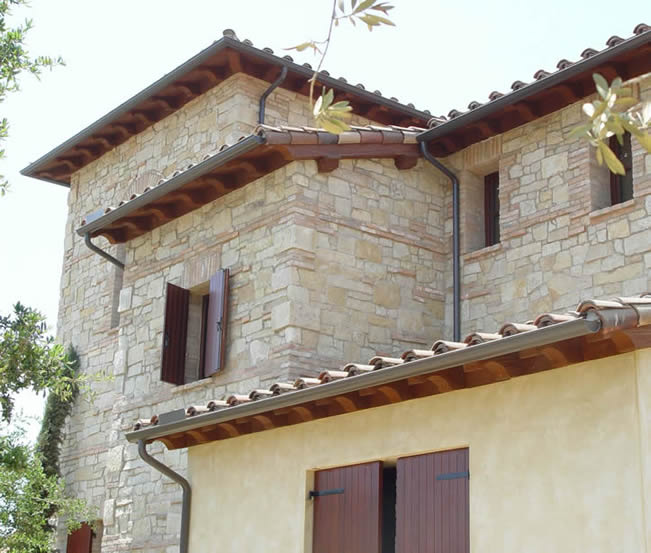As stone professionals, one of the most important services we offer is to consult and enlighten our clients on the best natural stone veneer options for their project. It is truly a collaborative effort working with the architect, contractor and homeowner that will help ensure the desired result.
The options are endless, the stone industry loaded with a variety of stone, found both near and far. Local stone sources are important for LEED accreditation, but can present a challenge if not available in your area. No matter, the USA has a enormous supply of natural stone for building and landscape needs in beautiful durable stones such as limestone and granite to begin with.
On a previous post, we discussed a resource from a website by Professor Railback on stone buildings with a lengthy geologic listing of every type of stone available in the world. The purpose of Professor Railbacks web page is straightforward:
1. to remind general observers of the use of geological materials in building;
2. to encourage general observers to look at the stone in buildings they visit;
3. to encourage architects and builders to remember stone as they plan their work; and
4. to acquaint geologists with some of the unexpected uses of geological materials as building stones.
There are many factors to consider with stone, including color and thickness. Another interesting resource is found on HOUZZ.com, an article by Bud Dietrich AIA, which discusses the options with both full thickness and veneer stone options more fully. One caveat however, we don’t believe manufactured imitation stone such as El Dorado, should be included in a topic focused on ‘stone’ ie, natural stone, as it causes confusion.
At Monarch Stone International, we are enthusiastic, yes even passionate, about natural stone for both building and hard-scape/landscape use. We offer consultation and management services and are a credible resource for any level of interest with the goal of increasing ones understanding of stone in architecture.

